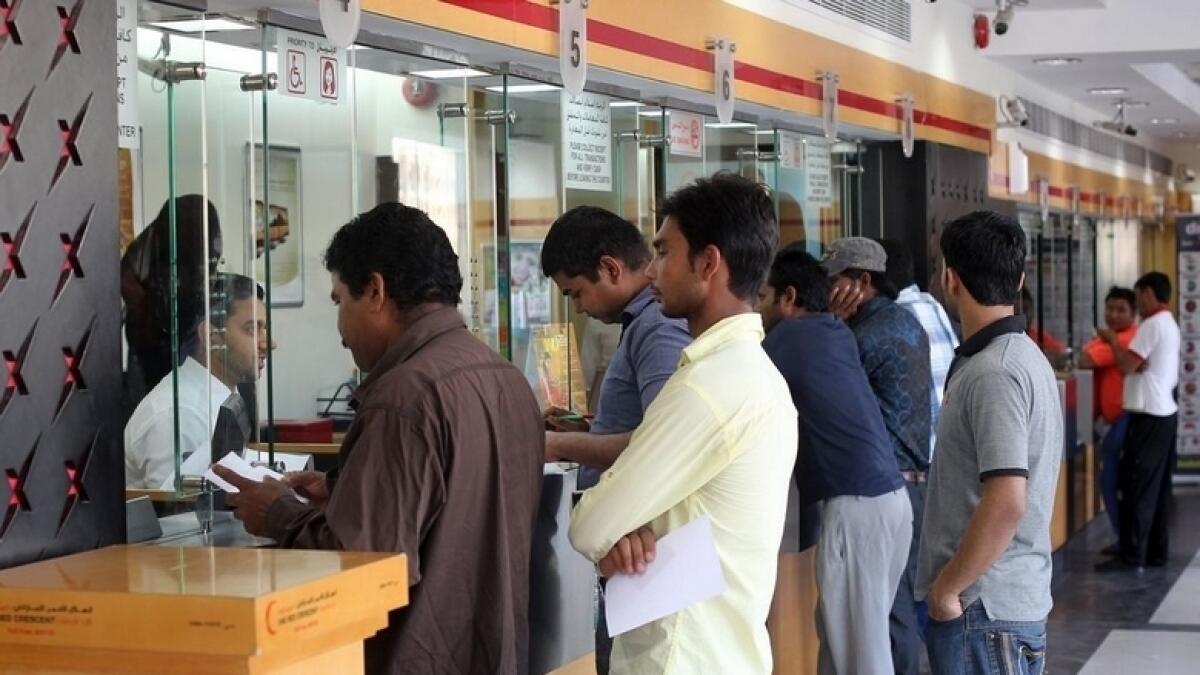The Indian Rupee saw a slight rise on Thursday, supported by expected dollar inflows, despite a general decline in most Asian currencies due to an increase in US bond yields. The currency stood at 83.49 against the US dollar and 22.75 against the UAE dirham as of 10.15 am, slightly higher than its previous session close. The dollar index was at 105.5, with most Asian currencies experiencing losses, particularly the Korean won, which was down 0.3 percent. The 10-year US Treasury yield also rose above 4.5 percent in Asian trading hours after a slight increase on Wednesday.
Traders are cautious about the rupee reaching above 83.40 due to sufficient dollar buying interest at current levels. The currency has been fluctuating between 83.40 and 83.50 this week, with pressure from dollar demand by importers, including local oil companies. The anticipation of central bank intervention has also prevented traders from pushing the rupee towards its record low, which was set at 83.5750 on April 19. The resilience of India’s economic fundamentals and significant foreign exchange reserves provide a safety net, enabling the Reserve Bank of India to counter downward pressure on the rupee, according to FX advisory firm CR Forex’s managing director, Amit Pabari.
Federal Reserve Bank of Boston president Susan Collins highlighted the strength in economic activity data and elevated inflation, suggesting the need to maintain current policy levels until there is greater confidence in inflation moving towards 2 percent sustainably. Investors are now watching for US jobless claims data to gauge the strength of the labor market after disappointing job additions in April. Stay updated with the latest news by following KT on WhatsApp Channels.
In conclusion, the Indian Rupee experienced a slight rise amidst a broader decline in Asian currencies due to US bond yield increases. Traders are cautious about the rupee surpassing 83.40 levels, given strong dollar buying interest and ongoing pressure from importers. The country’s economic fundamentals and foreign exchange reserves provide a safety net for the rupee against downward pressure. Additionally, investors are monitoring US economic data to assess policy decisions and market conditions. Stay informed with the latest updates by following KT on WhatsApp Channels.











